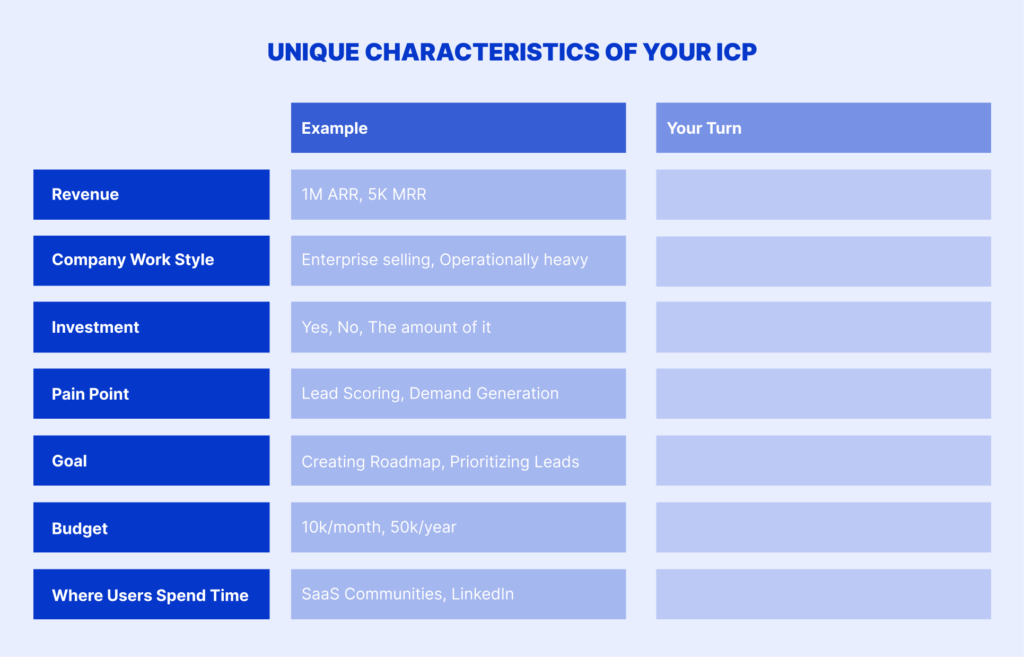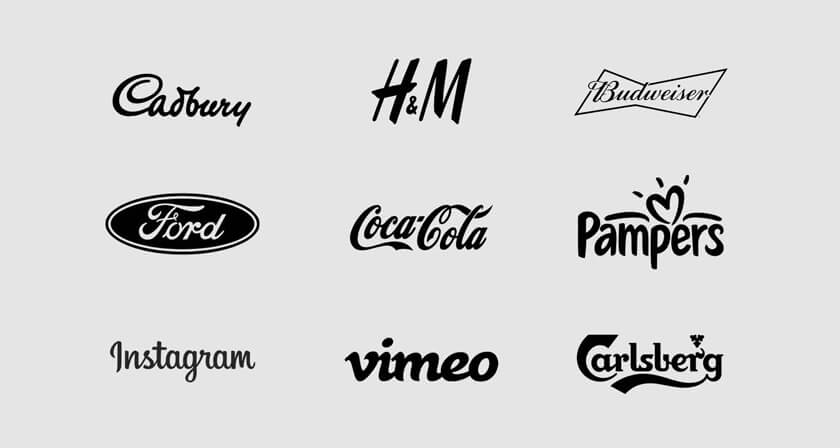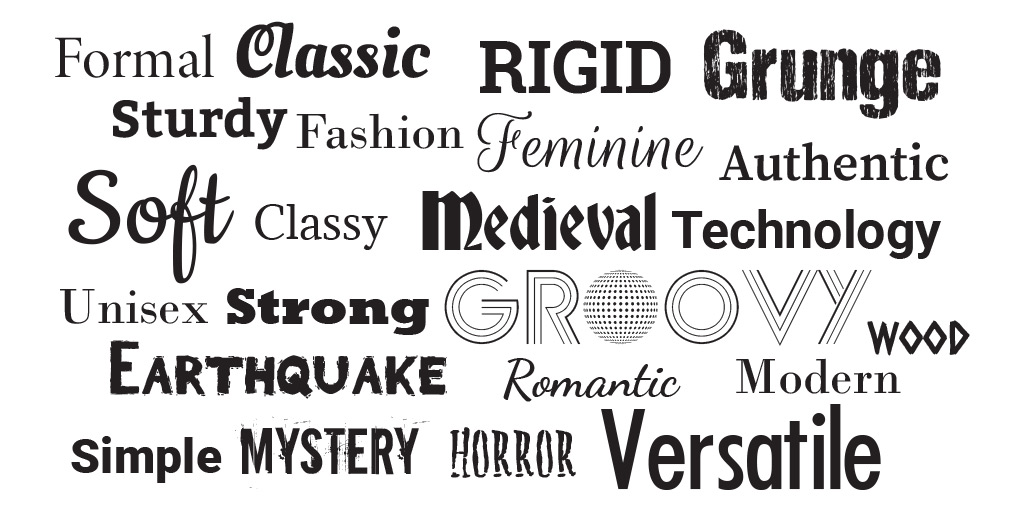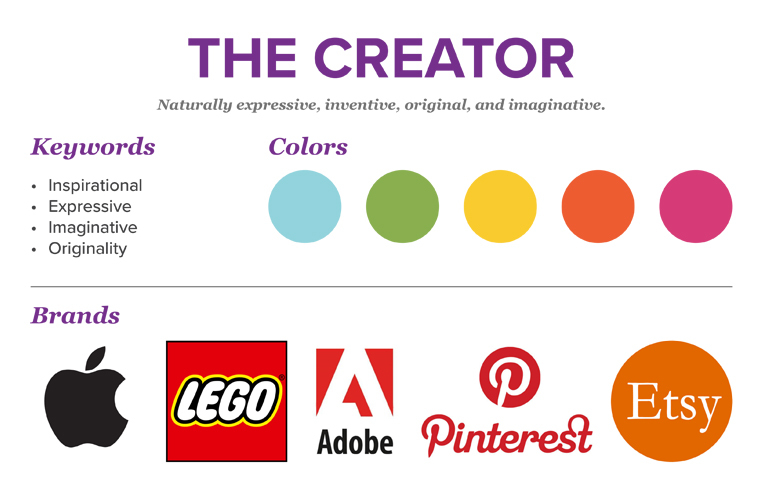What Is a Brand Guide and Why Do You Need One?
Behind every big global brand is a simple but sophisticated branding guide. It’s why you recognize the logo of Apple, Amazon, or Google, for example, and can associate values and sentiments with each brand. None of this is by accident. Somewhere, these brands and other major corporations refer to a brand guide that articulates how all the various parts of their business should be communicated as a coherent whole.
Whereas the business plan and product strategy establish how the business will function and grow, the brand guide clarifies how it will communicate. It takes more than a business name and logo to develop a recognizable brand. In fact, the key to designing a brand identity is creating a visual style and messaging tone that is unique and distinctive enough to work even if the logo were removed. Mastercard, Nike, and Adidas are just a few examples of brands whose identity is so clearly defined that on occasion they have completely removed their names from advertising.
To conceive, build, and preserve that identity as something that is engaging, honest, and consistent, you need a brand guide. You need to provide your employees, partner agencies, and freelancers with a comprehensive but clear document that explores and defines the critical elements of your brand, how they work together, and how to implement them for business growth.
What Is a Brand Guide?
A brand guide is a document that compiles all rules for the use of creative assets and messaging across all media and channels, providing consistency and clarity to the visual components of the branding and marketing. Brand guidelines are not intended to be customer-facing, but the brand guide sets out in a single document how consumers should perceive the business.
Establishing brand identity is a skill, and creating brand guidelines should not be treated as an afterthought or “nice to have” feature. The earlier it is solidified, the better, as it will allow a company to grow without losing core elements that are essential to its identity. Too many businesses confuse soaring, broad manifestos of brand purpose with the targeted audience insights, deep research, and competitive analysis that go into professional brand guidelines. Just read The Bland Book for a tongue-in-cheek celebration of brands who hedged their bets, played it safe, and finished up with a brand identity that slipped instantly into anonymity.
Why Do I Need Brand Guidelines?
You only get one chance to make a first impression. The brand guidelines ensure that your business is ready, confident, and engaging when that encounter takes place. Bad branding will hurt consumers’ perception of your company, hampering your ability to grow, even with the best products or services.
What makes good branding? Consistency, for starters. If marketers are going to rhapsodize about customers who are “passionate” about their chosen brands, the least those businesses can do is be faithful and honest. From the customer-service experience to community management across social media, consumers expect the brands they engage with to speak with a consistent voice, stay true to consistent values, and deliver a consistent product or service.
The brand guidelines define the rules and road map for fulfilling that promise. Keeping communication consistent is critical to developing brand recognition among your target audience. This recognition is the foundation of consumer trust.
How To Make a Brand Guide
Every brand is unique. By extension, every brand guide should be unique too, steeped in the culture and history of the business. Starting from scratch might be more time-consuming and expensive than repurposing a set of borrowed guidelines, but the ultimate cost is considerably less. Each set of guidelines will require a different combination of elements. Still, they should focus on the same areas of branding.
Competitive Analysis
Perform in-depth research on direct and aspirational competitors to identify opportunities for differentiating your brand from the others out there. The results of this analysis aren’t necessary to include in your final deliverable, but they should be kept somewhere for reference and inspiration.
Brand Story
Tell the story of how the brand was founded, explaining what your brand aims to do, for whom, and why. Articulating the mission will give your brand development purpose, resulting in a stronger overall brand that resonates more with your target audience — as long as your mission is aligned with their values.
Target Audiences
Define the hierarchy of your brand’s target audiences based on demographics, behaviors and interests. Most brands should have at least primary and secondary target audiences.
Create detailed customer personas — profiles of the major types of customers in your target market(s) — to humanize your target customers. These personas will help you remember who you’re talking to so you can make your message more personal.
List the relevant customer problems — immediate, future, and lifetime — of your personas and how your products or services solve them.

Messaging Guidelines
Now that you know who you’re talking to with your branding, figure out what to talk about and how.
Start by listing your value propositions (aka value props), the unique factors that make your brand or products attractive to customers. Most, if not all, of your messaging should either directly or indirectly refer to these value props.
With your value props cemented, build a brand pyramid. Your brand pyramid should include:
- Brand essence: a one- or two-sentence thought that captures the essence or soul of the brand
- Persona/voice: how the brand comes across to consumers; describe which tones to use and which to avoid
- Values: beliefs or attributes the brand stands for that resonate with the target audience
- Emotional benefits: how the product makes the customer feel
- Functional benefits: what the product practically accomplishes for the customer
- Features: tangible aspects and facts about the brand or products

Designing Brand Identity With Visual Elements
How will your brand appear across visual media? These are the key visual elements.
Brand Logo
This is a simple yet recognizable visual representation of your brand. Include secondary logos and other variations as well as usage rules, like spacing and examples of proper and improper usage.
The process of designing a logo includes research, sketching ideas, and vectorizing full logo concepts. Modify your final logo to create additional horizontal, vertical, and small badge versions.

Typography
Fonts matter. They create a consistent, distinct, and identifiable reading experience across all written communication, from ad copy to web headlines to emails and so on.
Put some care into making your primary and secondary font selections — choose fonts that align with your brand and complement your logo. Once you’ve made those selections, provide directions on how to implement the fonts across all branding, with examples.

Color Palette
A color palette is a set of predefined colors that will be used across all branding. Colors are deeply associated with mood, helping to evoke an emotional response in your target audience. They also contribute to familiarity. Choose colors that represent your brand’s personality well, harmonize with each other, and are unique but versatile.

Visual Standards
This section outlines how to present your brand visuals. Start with a mood board for inspiration and outline the characteristics that should be found in any brand photography.
Media Guidelines
Provide instructions on how to use visual elements in media, like sample ads, social posts, and so on, with suggestions on accompanying messaging, like words to use in captions, hashtags, and more.
Brand Elements
Brand elements are any secondary elements that can be used to enhance your brand, like patterns, gradients, or photo treatments. You can also include illustrations and custom icons.

Application
This section will provide examples of your branding as it will appear in the real world, including business cards, T-shirts, billboards, and product packaging. You’ll need a graphic designer to create these images, as you won’t actually have any of these physical items created yet.
Conclusion
Your brand is a careful balance of ingredients. As it expands, you can’t leave it up to interpretation. Solidifying clear brand guidelines is crucial to charting the proper course for brand development.
In addition to time and patience, creating a brand guide requires inspiration, a clear vision, an understanding of your target audience based on research and data, proficiency in graphic design, knowledge of brand-building theory, and strong communicative skills.
No single person is competent enough in all of these areas to tackle a brand guide on their own, nor should anyone rely on their opinions alone when it comes to making the key decisions involved. We recommend collaborating with experienced professionals to put your brand guide together.
Need help putting together a brand guide for your business? Our experienced brand strategists are experts in bringing brands alive with a compelling identity that drives business goals.